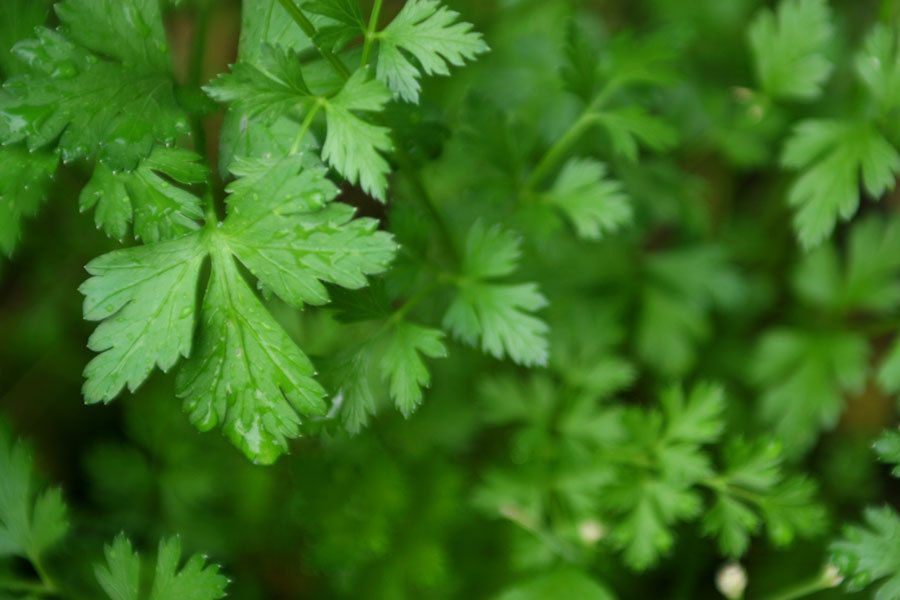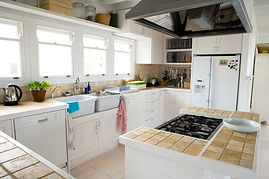top of page

Backyard Garden Grower
Plan, grow, work, watch, and eat
Selecting what to grow should be a combination of what you want, and what grows well in your area.
What you want - What's in your fridge? Do you eat a lot of salads? What do you put in them? Carrots? Peas? Cherry tomatoes? Take a second and think "what could I grow that I would actually go into my backyard to get?" What would you pass on in the grocery store because you know you have in your garden? For many people this includes staples such as tomatoes, cilantro, basil, squash, cucumbers, watermelon, cantaloupe and carrots. All of these items are able to be grown right at home.
What grows well - There are 13 identified USDA (United States Department of Agriculture) plant hardiness zones (find yours here), with each zone divided into a and b sections. These zones are divided according their climate and are designed to provide information on planting times, average frost dates, chill hours, and expected highs and lows. These zones are important because plants are unique in their growing style. Sweet potatoes for example need several months of warm weather, and zone 1a may not be best suited for these, even though love sweet potato hash for breakfast. Even more specifically the variety of plant you decide to grow can be dependant upon your zone. Certain varities of tomatoes, such as Solar Fire, has been bred specifically for hot climates, and being able to bear fruit in intense summers. For those in zones 11 or 12 this may be great options since the summers can be brutal. Luckily fantastic resources across the country are available for those who wish to learn what works well in their area, and when to grow them! Extension offices at state universities often put out guides for their area called growing guides. These alert you to approximate times to plant, varities suited for your state, and other useful tips. A state-by-state guide for these can be found here.


bottom of page